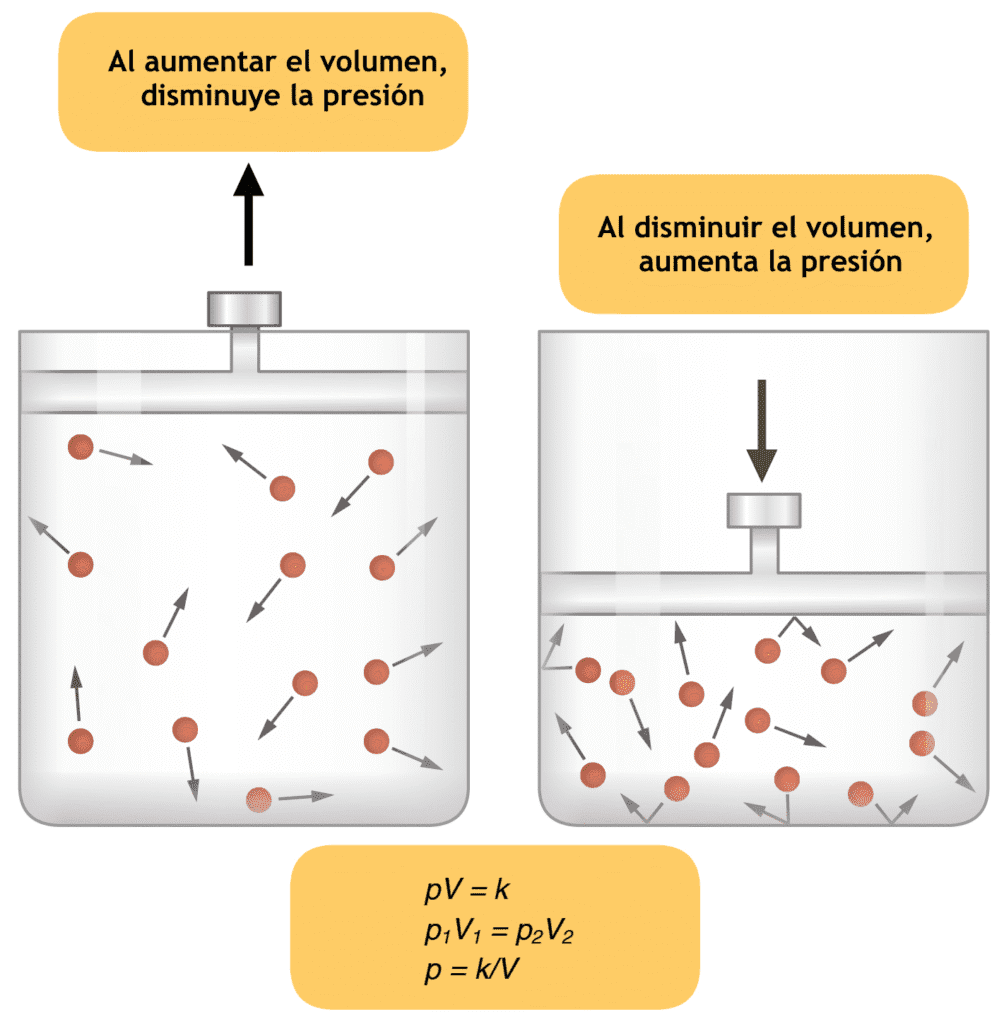The physiologic changes in pregnancy occur in response to fetal development and eventual delivery.

It is incumbent on the intensive care physician to have an understanding of the normal variants that occur in pregnancy to correctly interpret diagnostic tests and effectively treat clinical conditions. Some changes that occur in pregnancy include the following.
Endocrine changes in pregnancy
By far the most significant physiologic changes in pregnancy are endocrinologic. Significant increases in production and serum levels of growth hormone, prolactin, thyroxin, parathyroid hormone, calcitonin, and progesterone occur in support of fetal development and parturition.
In addition, pregnancy is associated with positive nitrogen balance and postprandial hyperglycemia and hyperinsulinemia.
This latter response is consistent with a pregnancy-induced state of peripheral resistance to insulin, the purpose of which is to ensure sustained supply of glucose to the fetus.
Furthermore, the concentrations of plasma lipids, lipoproteins, and lipopolysaccharides increase appreciably during pregnancy and lead to central fat deposition to supply fetal demands.
Cardiovascular changes in pregnancy
Blood volume at or near term is approximately 40% above that in nonpregnancy. This hypervolemia of pregnancy meets the demands of pregnancy and protects the mother against impaired venous return and the blood loss of child birth.
Along with the increase in blood volume, left ventricular size also increases with increased contractility. Cardiac output increases as early as the fifth week of pregnancy with resting pulse rate increasing by approximately 10 beats per minute.
Peripheral vascular resistance decreases. These cardiovascular changes are similar to changes occurring with moderate exercise.
Hematologic changes in pregnancy
Although blood volume expansion occurs and results in increases in both plasma volume and erythrocyte number, more plasma is made than red cells.
Thus, hemoglobin concentration and hematocrit decrease (at term hemoglobin is approximately 12.5 g/dL). Furthermore, with the increase in red cell mass, iron requirements are increased in pregnancy such that iron supplementation is necessary.
Despite the fact that pregnancy is associated with immunologic suppression to accommodate the semi-allogeneic fetus, the leukocyte count becomes elevated during late pregnancy, averaging 14,000 to 16,000.
In addition, the coagulation cascade is also activated during pregnancy, with increases in most clotting factors and fibrinogen.
Electrolyte changes in pregnancy
Pregnancy is marked by hypermetabolism and salt and water retention. These effects are mediated predominately through the actions of thyroxin and vasopressin.
Water retention induced by increased vasopressin secretion is such that the average woman accrues an extra 6.5L during normal pregnancy.
Sodium and potassium are retained due to enhanced renal tubular resorption; however, concentrations of these electrolytes are slightly decreased as a result of the expanded plasma volume.
In addition, serum magnesium levels decline during pregnancy such that pregnancy causes a state of continuous extracellular magnesium depletion.
Hepatic changes in pregnancy
Other laboratory abnormalities that occur during pregnancy include an increase in total alkaline phosphatase, with serum levels almost doubling during normal pregnancy.
Serum transaminases and bilirubin levels are usually slightly lower in pregnancy as compared with nonpregnant normal values. The concentration of serum albumin decreases during pregnancy, and therefore total calcium also decreases.

